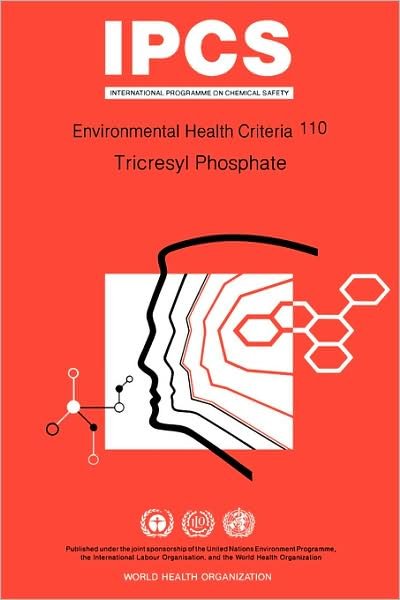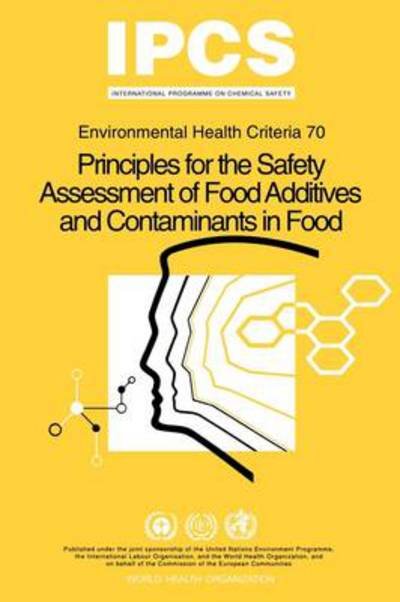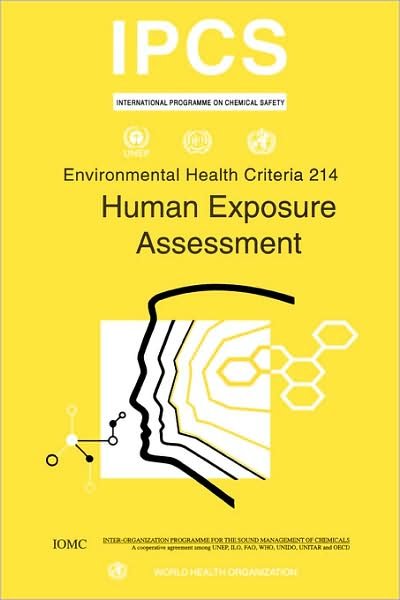
Fortæl dine venner om denne vare:
Human Exposure Assessment (Environmental Health Criteria Series)
Ipcs
Bestilles fra fjernlager
Human Exposure Assessment (Environmental Health Criteria Series)
Ipcs
This book offers an up-to-date guide to the concepts, procedures, statistical methods and models used to assess human exposure to environmental chemicals. Noting that exposure assessment is a comparatively new discipline of the environmental sciences, the book aims to encourage its use as a powerful tool for measuring actual levels of exposure and determining whether interventions are needed to protect public health. With this goal in mind, the book gives researchers expert advice on the design and conduct of studies, the interpretation of findings, and the best methods for ensuring the reliability and reproducibility of results. Throughout, emphasis is placed on the ways in which well-designed exposure assessments can enhance the practical value of findings from traditional epidemiological and toxicological investigations.
The book has twelve chapters. The first six cover conceptual and methodological issues. Chapter one introduces basic concepts used in exposure assessment, and describes direct and indirect methods of measuring or estimating actual exposure and determining whether intervention is required. The uses of human exposure data are covered in chapter two, which explains how studies of human exposure can reduce the uncertainty of estimates used in epidemiology, risk assessment and risk management. Chapter three considers several generic study designs and approaches, and compares their advantages and limitations. Chapter four, on statistical methods, discusses selective applications of descriptive and inferential statistics, using data on lead exposure as an example. Subsequent chapters review methods for the collection and application of time-use data and introduce the principles, methods and data requirements of exposure modeling.
Against this background, chapters in the second half of the book offer practical advice on the design and conduct of studies aimed at assessing exposure to chemicals in different environmental media. Separate chapters describe sampling methods used to analyze chemical concentrations in air, water, and food, and in soil and settled dust. Environmental allergens that can contribute to disease or alter susceptibility are considered in chapter nine, which concentrates on methods for measuring particles from house dust mites and their feces, allergens from pets and cockroaches, and allergens or toxins from fungi, bacteria and pollen. Subsequent chapters describe the use of biological markers in exposure assessment, and discuss issues surrounding the quality assurance of exposure studies and results. The final chapter presents brief summaries and examples of exposure studies in order to illustrate different study designs for different objectives, target pollutants, and populations. Studies that show how exposure assessment supports epidemiology and risk management, particularly in developing countries, are also included.
| Medie | Bøger Paperback Bog (Bog med blødt omslag og limet ryg) |
| Udgivet | 2000 |
| ISBN13 | 9789241572149 |
| Forlag | World Health Organization |
| Antal sider | 375 |
| Mål | 150 × 21 × 225 mm · 544 g |
| Sprog | Engelsk |



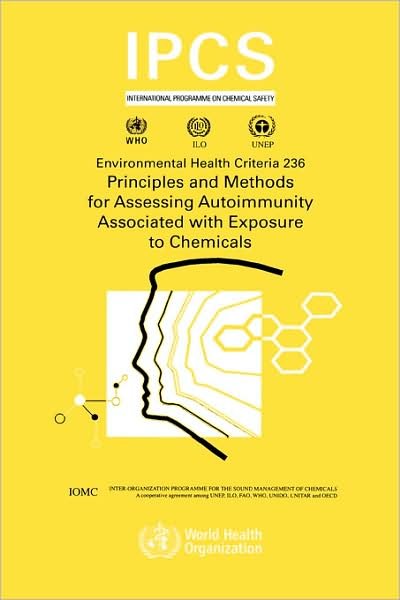
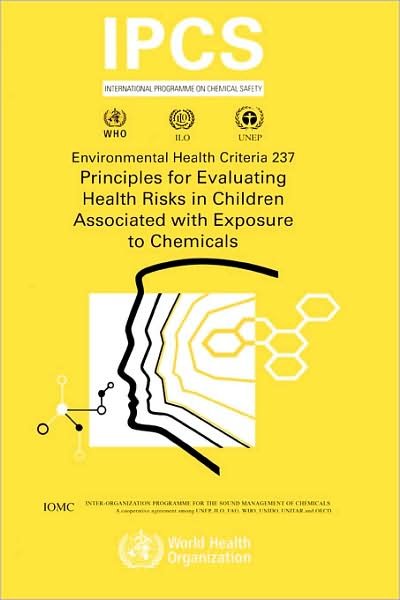
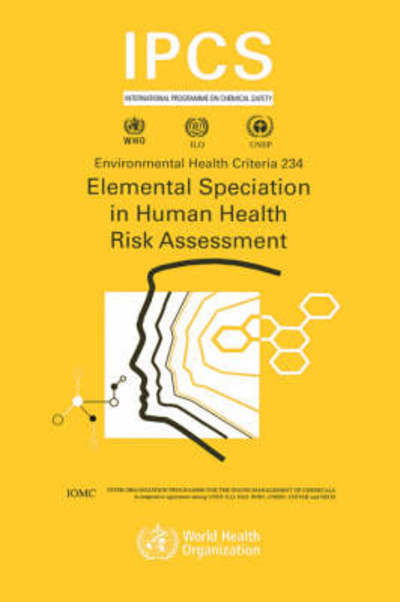
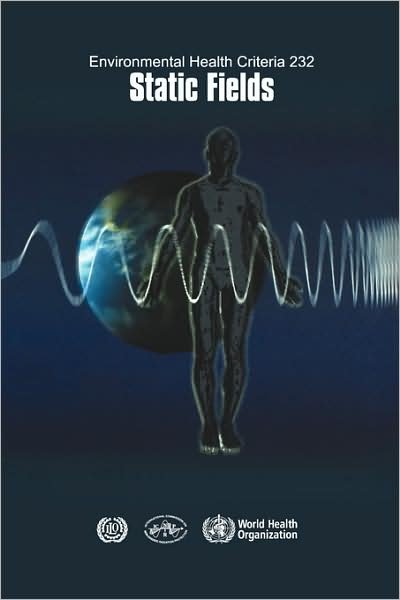

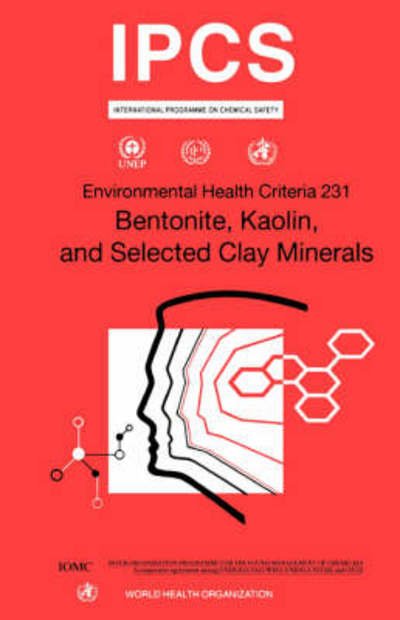
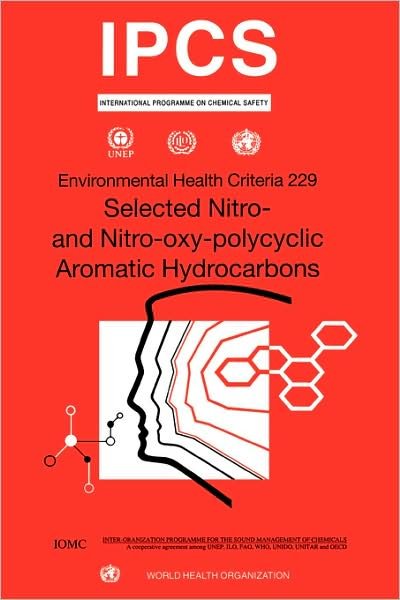
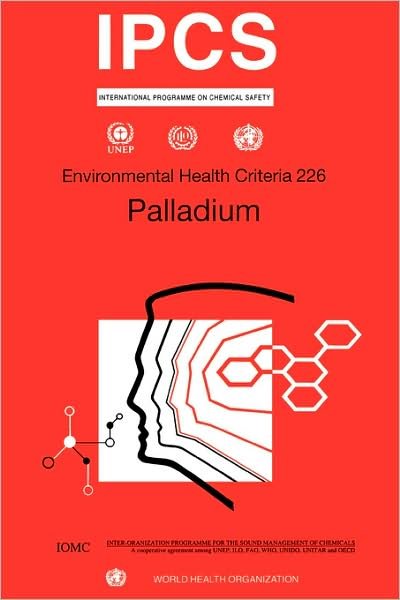
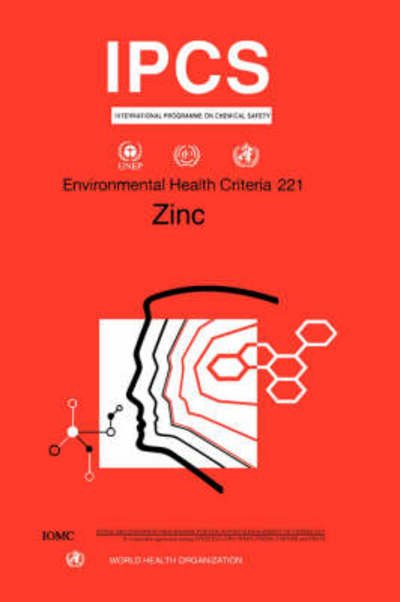
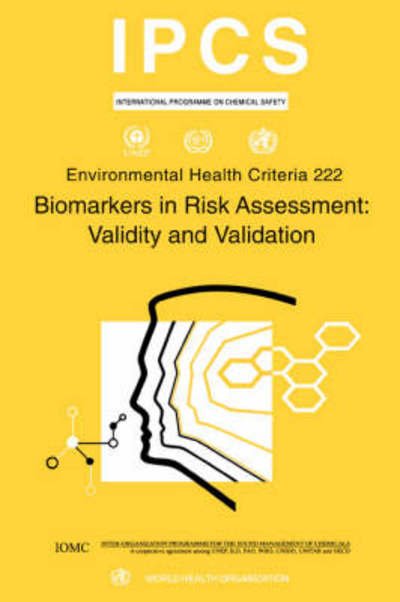
![Cover for Ipcs · Neurotoxicity Risk Assessment for Human Health: Principles and Approaches (Environmental Health Criteria Series) (Paperback Bog) [Revised edition] (2001)](https://imusic.b-cdn.net/images/item/original/231/9789241572231.jpg?ipcs-2001-neurotoxicity-risk-assessment-for-human-health-principles-and-approaches-environmental-health-criteria-series-paperback-bog&class=scaled&v=1508408769)
![Cover for Ipcs · Arsenic and Arsenic Compounds (Environmental Health Criteria Series) (Paperback Bog) [2nd edition] (2001)](https://imusic.b-cdn.net/images/item/original/248/9789241572248.jpg?ipcs-2001-arsenic-and-arsenic-compounds-environmental-health-criteria-series-paperback-bog&class=scaled&v=1497043278)
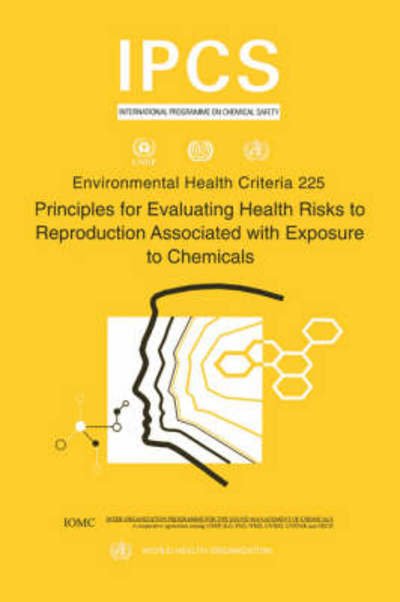
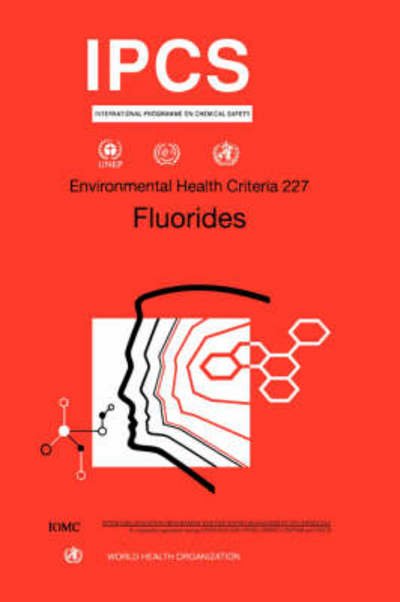
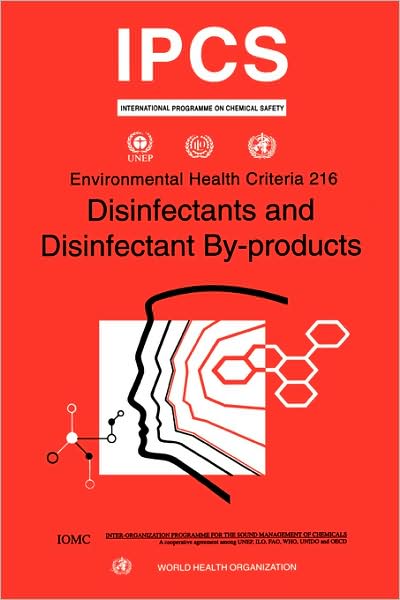

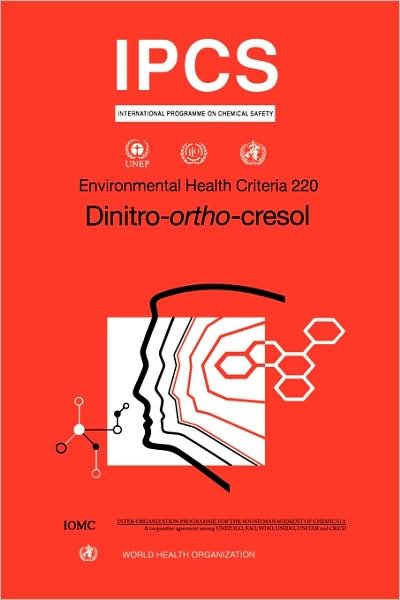
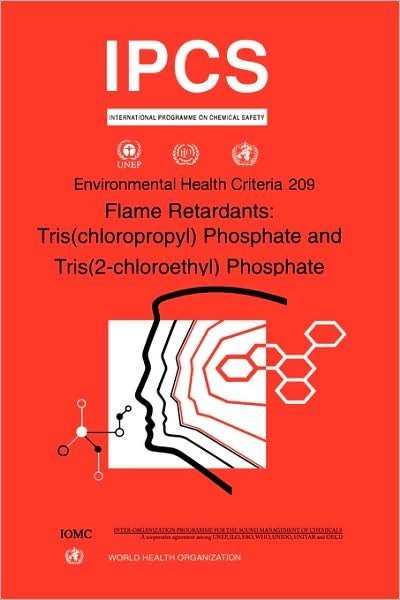

![Cover for Ipcs · Chlorinated Paraffins (Environmental Health Criteria) (Paperback Bog) [First Edition, First Printing edition] (1996)](https://imusic.b-cdn.net/images/item/original/814/9789241571814.jpg?ipcs-1996-chlorinated-paraffins-environmental-health-criteria-paperback-bog&class=scaled&v=1408649757)
